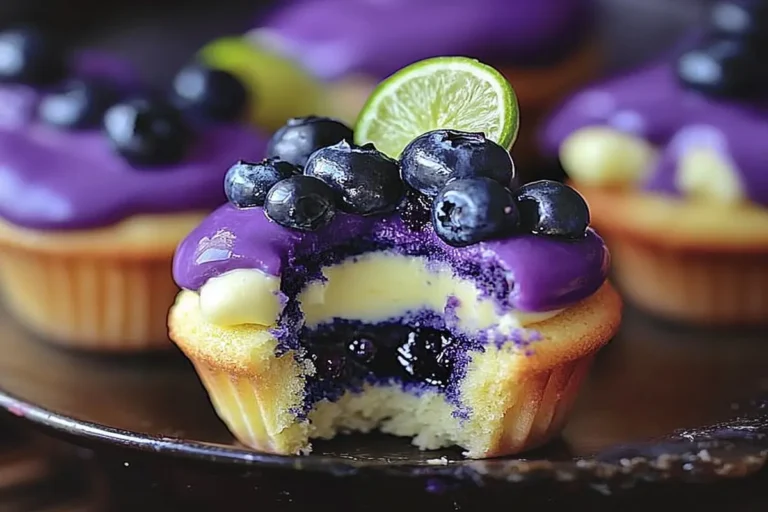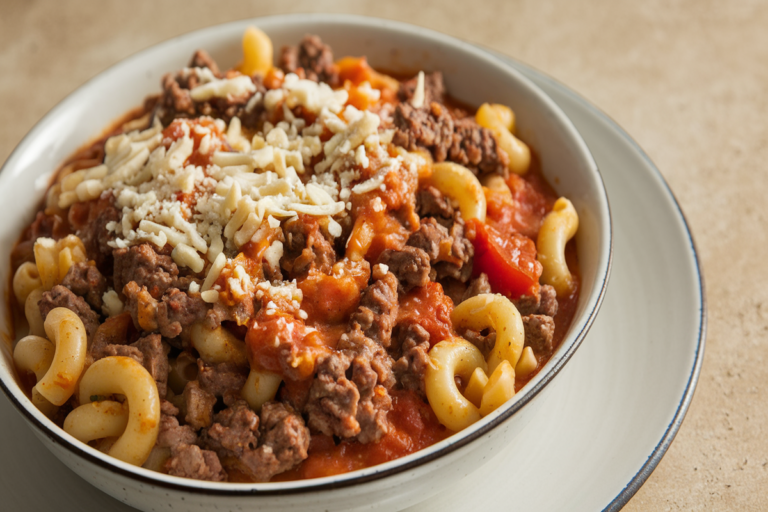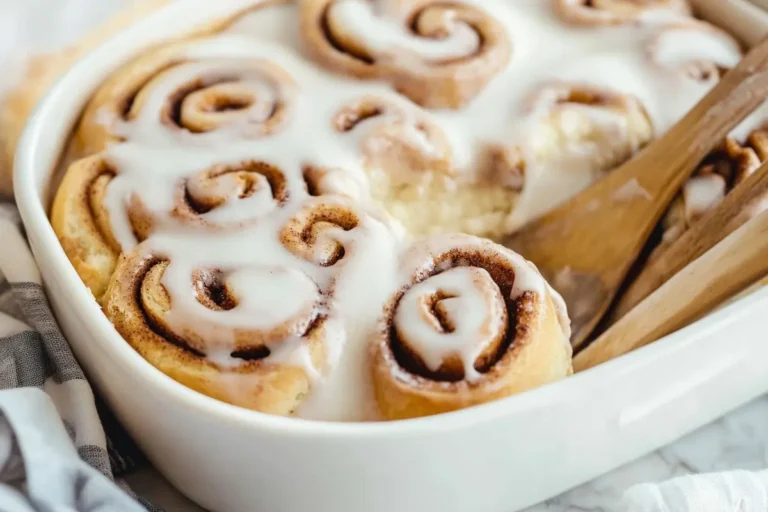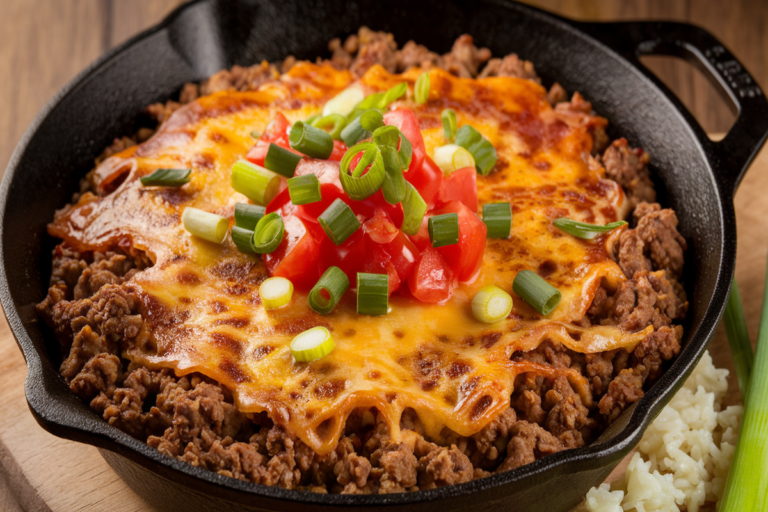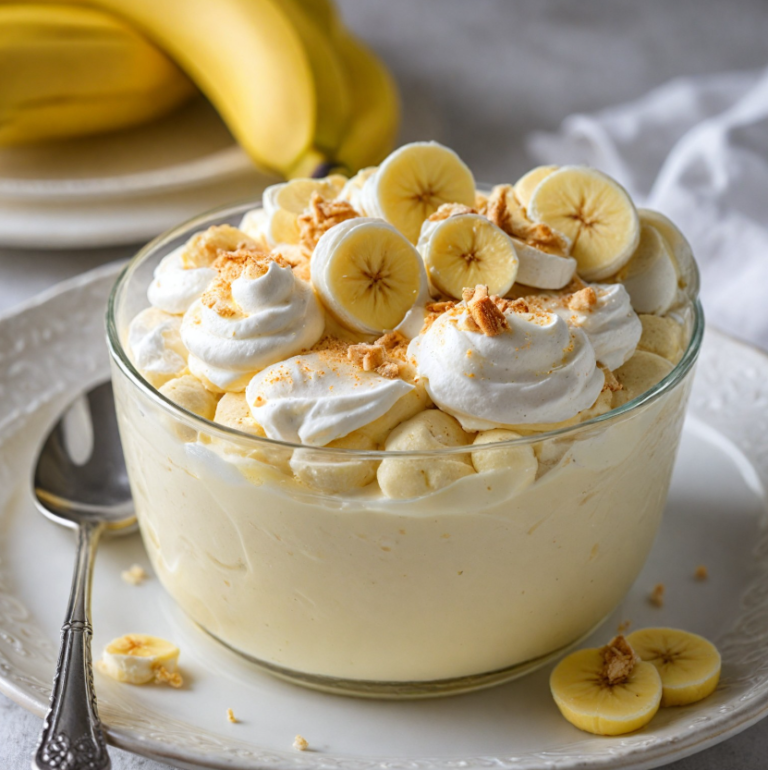Baking Powder vs. Baking Soda for Chocolate Chip Cookies
When it comes to baking the perfect chocolate chip cookie, one of the most common debates is whether to use Baking Powder vs. Baking Soda for Chocolate Chip Cookies. Both are essential leavening agents, but they function differently, leading to varied textures and flavors in your cookies. This article dives into the differences, the science behind each, and ultimately helps you decide which is better for your chocolate chip cookies.
Understanding Baking Powder vs. Baking Soda for Chocolate Chip Cookies
Baking Soda
Baking soda, or sodium bicarbonate, is a base that needs an acid to activate. When combined with acidic ingredients like brown sugar, yogurt, or lemon juice, it releases carbon dioxide, causing the dough to rise. This results in a spread-out, chewy cookie with crisp edges.
Key Point: Baking soda is best for creating chewy, spread-out cookies.
Baking Powder
Baking powder, on the other hand, contains both a base (baking soda) and an acid. It is double-acting, meaning it reacts twice: once when mixed with wet ingredients and again when exposed to heat. This gives cookies a puffier, lighter texture.
Key Point: Baking powder is ideal for fluffier, cakier cookies.
Why the Choice Matters in Chocolate Chip Cookies
Choosing between baking powder and baking soda affects not just the texture but also the flavor and appearance of your cookies. Baking soda tends to create a denser, chewier cookie with a deeper flavor, while baking powder yields a softer, more cake-like texture.
- Texture Differences: Baking soda results in cookies that spread out, while baking powder makes them rise more.
- Flavor Profiles: Baking soda neutralizes some of the acid in the dough, leading to a slightly less tangy flavor. Baking powder doesn’t alter the pH as much, allowing the full flavor of the ingredients to shine through.
For a comprehensive understanding of how these leavening agents impact your cookies, consider exploring the Ultimate Guide to Chocolate Chip Cookies by Handle the Heat.
Using Baking Soda in Chocolate Chip Cookies
When using baking soda in your chocolate chip cookies, you can expect a chewy texture with a slight crisp on the edges. This is because baking soda is strong, and it only needs a small amount to spread the dough out.
- Example Recipe: A classic chocolate chip cookie recipe that calls for baking soda typically includes ingredients like brown sugar and chocolate chips, which enhance the chewy texture and rich flavor.
- Advantages:
- Creates a chewy texture.
- Helps cookies spread evenly.
- Results in a more intense, deeper flavor.
If you want to delve deeper into the specifics of how baking soda impacts your cookie baking, check out What Does Baking Soda Do In Cookies? by Allrecipes.
Using Baking Powder in Chocolate Chip Cookies
Baking powder, with its dual-acting properties, gives chocolate chip cookies a lighter, fluffier texture. This makes it an excellent choice if you prefer your cookies more cake-like.
- Example Recipe: A baking powder-based chocolate chip cookie recipe might include granulated sugar and milk to enhance the cookie’s lightness.
- Advantages:
- Produces a puffier, cakier cookie.
- Less spreading, more rising.
- Maintains a balanced flavor profile.
For those who are curious about why baking powder may not always be the best choice for cookies, you can explore more in Don’t Use Baking Powder In Your Cookies, Here’s Why.
Combining Both Baking Soda and Baking Powder
Some recipes call for using both baking soda and baking powder, offering the best of both worlds—a chewy texture with a bit of rise.
- Example Recipe: By combining 1/4 teaspoon of baking powder with 1/4 teaspoon of baking soda, you can create a cookie that spreads moderately while still retaining some fluffiness.
- Best Practices:
- Use both leavening agents in equal amounts for balanced results.
- This combination works well with a variety of flour types and sugars.
This combination is perfect for those who can’t decide between a chewy or a cakey cookie.
Common Mistakes and How to Avoid Them
When baking chocolate chip cookies, the most common mistakes involve misusing leavening agents:
- Substituting Baking Soda with Baking Powder: This will result in cookies that are too fluffy and may lack the desired chewiness.
- Overusing Baking Soda: Too much baking soda can cause cookies to spread too thin and have an off taste.
- Not Using Enough Baking Powder: This can lead to dense cookies that don’t rise properly.
If you’re looking to avoid these pitfalls, it’s crucial to understand how to adjust your recipes depending on the leavening agent you have available.
Tips for Perfect Chocolate Chip Cookies
To achieve your ideal cookie, consider the following tips:
- Use Room Temperature Ingredients: This ensures even mixing and better texture.
- Chill Your Dough: This helps control the spread of your cookies, making them chewier.
- Experiment with Ratios: Adjust the amount of baking soda or powder to see how it affects the texture.
These tips, along with choosing the right leavening agent, will help you bake the perfect chocolate chip cookie every time.
FAQs
- Can I Use Both Baking Soda and Baking Powder in Chocolate Chip Cookies?
Yes, combining both can create a balanced texture, giving you the chewiness from baking soda and the fluffiness from baking powder. - What If I Only Have Baking Powder? Can I Use It Instead of Baking Soda?
You can, but the cookies will be puffier and less chewy. You might also need to adjust the amount of baking powder used. - Why Do My Cookies Come Out Flat?
This could be due to too much baking soda or not enough flour. Chilling your dough before baking can also help prevent spreading. - How Do I Make My Cookies Chewier?
Use baking soda and more brown sugar. You can also try adding an extra egg yolk for a richer texture. - Does the Type of Flour or Sugar Affect the Choice of Leavening Agent?
Yes, using brown sugar can make cookies chewier, which pairs well with baking soda. Cake flour, with its lower protein content, works well with baking powder for a lighter texture.
Conclusion for Baking Powder vs. Baking Soda for Chocolate Chip Cookies
Whether you prefer your chocolate chip cookies chewy or cakey, understanding the role of baking powder and baking soda is essential. By experimenting with these leavening agents and following the tips provided, you can perfect your chocolate chip cookie recipe. Remember to link your newfound knowledge to other aspects of baking, like how to store cookies properly or how to fix common baking mistakes.

